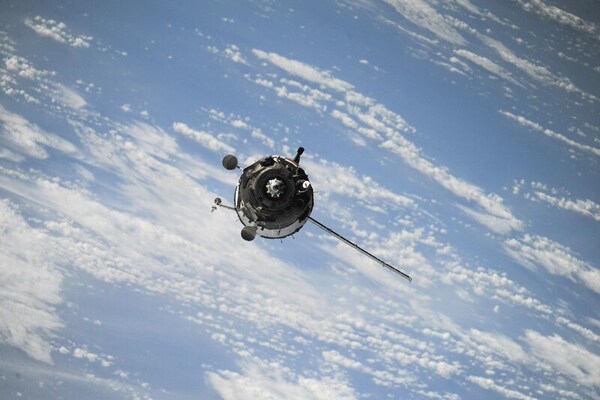Reinforcement learning in 2-D space with varying gravitational fields
(1) Menlo-Atherton High School, (2) Stanford University
https://doi.org/10.59720/23-277
Given the challenges humans encounter when navigating through unpredictable environments in interstellar space, machine and reinforcement learning could be useful tools for efficiently and safely navigating a predefined space containing other objects. In this work, we explored whether reinforcement learning could be used to navigate a plane in space with a defined gravitational field set by two randomly placed planets. We used a reinforcement technique called a Q-learning algorithm which employs accumulated learning. Three parameters were tested: how the number of times the Q-learning algorithm ran through the data affected percent improvement, how the number of simulations we ran affected percent improvement, and how the location of the planets affected percent improvement. We sought to show that the tests using the data based on the Q-learning algorithm performed better than tests using random actions to navigate and identified any new navigation methods that machine learning can develop, such as a slingshot method. Our results suggest that more iterations of Q-learning did not have a significant effect on performance, the number of simulations ran had a slight negative correlation with performance, and the location of planets played a highly significant role in Q-learning performance. We also determined that machine and reinforcement learning can produce novel methods to effectively arrive at the reward. In this work, we investigated the basics of reinforcement learning and demonstrated its use as a solid tool to navigate any given setting.
This article has been tagged with: